Food
Keeping Bohra Muslim culinary traditions alive—one meal at a time
Tasneem Shahani of Tasneem’s Kings Kitchen loves that people come back for her biryanis. But she hopes customers leave with not just a satisfied tummy but with knowing a bit about her rich culinary heritage, from which her dishes are inspired.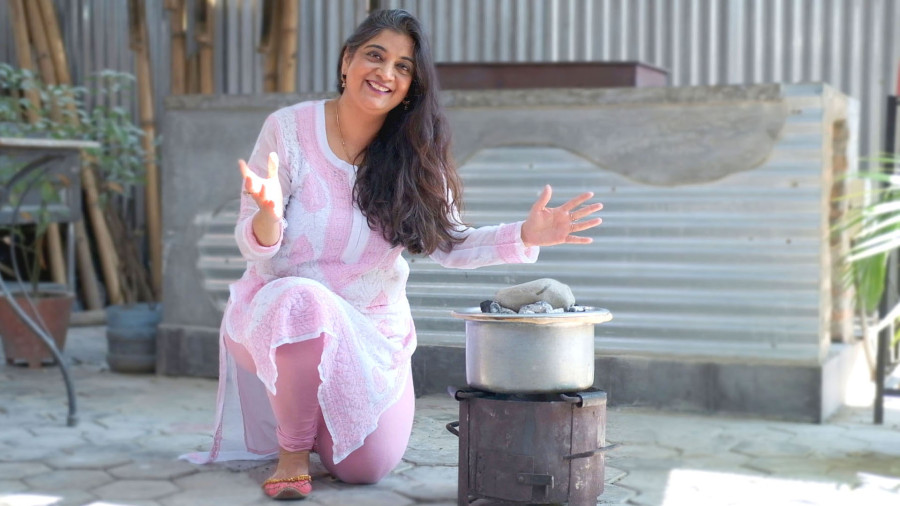
Ankit Khadgi
For as long as she can remember, food has played an integral role in Tasneem Shahani’s life. Brought up in Mumbai in a Dawoodi Bohra Muslim community, her childhood was spent sharing at least one meal with her family members, on a single large plate, she says.
“In happiness or sadness, in fervour or grief, we [Bohra Muslims] live for food. Our food culture, even exchanging meals regularly with our neighbours and families, has helped in building our close-knit community,” says Shahani, aged 45.
However, when she shifted to Kathmandu after her marriage in 1997, she had to move away from her hometown, and the company of her family members and friends, who would have always made time to sit together and eat in each other’s company.
But even though she was away from her hometown and couldn’t always eat the food she was brought up eating, in her Kathmandu’s house kitchen, she made sure that she was cooking her ancestral foods preserving her culinary heritage.
“In my friends circle, I was the one fond of cooking meals for our get-togethers and my friends loved the food that I prepared. One day, out of the blue, my friends and family members suggested that I should start a catering business since I was really good at cooking,” says Shahani.
This suggestion awakened her Bohra soul (since Bohra Muslim communities are known for their knack for business), and in 2004, Shahani opened a small-scale business of catering from her house, through which she started cooking for customers.
“In the beginning, I had only five items on the menu. Then when the business started getting steady, I started selling ten items, with the numbers gradually peaking up to 80 items in the coming years due to word of mouth,” says Shahani.
But it was only in 2014, along with her childhood friend, Abbas Nalwala, from the King’s Kitchen of Mumbai, that her catering venture transitioned into a full-fledged restaurant, Tasneem’s Kings Kitchen.
Now in her 70-seater restaurant, located in an old, refurbished Newa style building in Pulchowk, Shahani serves delightful dishes—delectable biryanis, kebabs, butter chicken, gajar ka halwa and tikkas—which take hours for preparation and are all inspired from her culture.

“I was sure that my restaurant wouldn’t serve the usual ‘Indian food’ and definitely not items like momo, chowmein and pizza, even though most Nepalis look for them in the menu, as I intended to create a space where people could devour the flavours of my ancestral culinary heritage,” says Shahani, who currently also has a YouTube channel, where she shares her recipes.
However, the decision to run an all Indian restaurant specialising in Mughlai and Bohra cuisine has brought with it many challenges, she says.
“A lot of Nepali people think that all Indian dishes are spicy and oily,” says Shahani. “And that perspective affected business initially. However, that is a misconception and after people started being more acquainted with the knowledge of Indian food, there was an increase in the flow of the visitors.”
Tasneem’s Kings Kitchen has an array of Indian and Mughlai food that takes hours to prepare. And they are cooked with precision and love, says Shahani. While her attempt is always to serve the original and authentic taste of Bohra cuisine, slight alterations have been made to her traditional recipes, to suit the Nepali taste buds, she says.
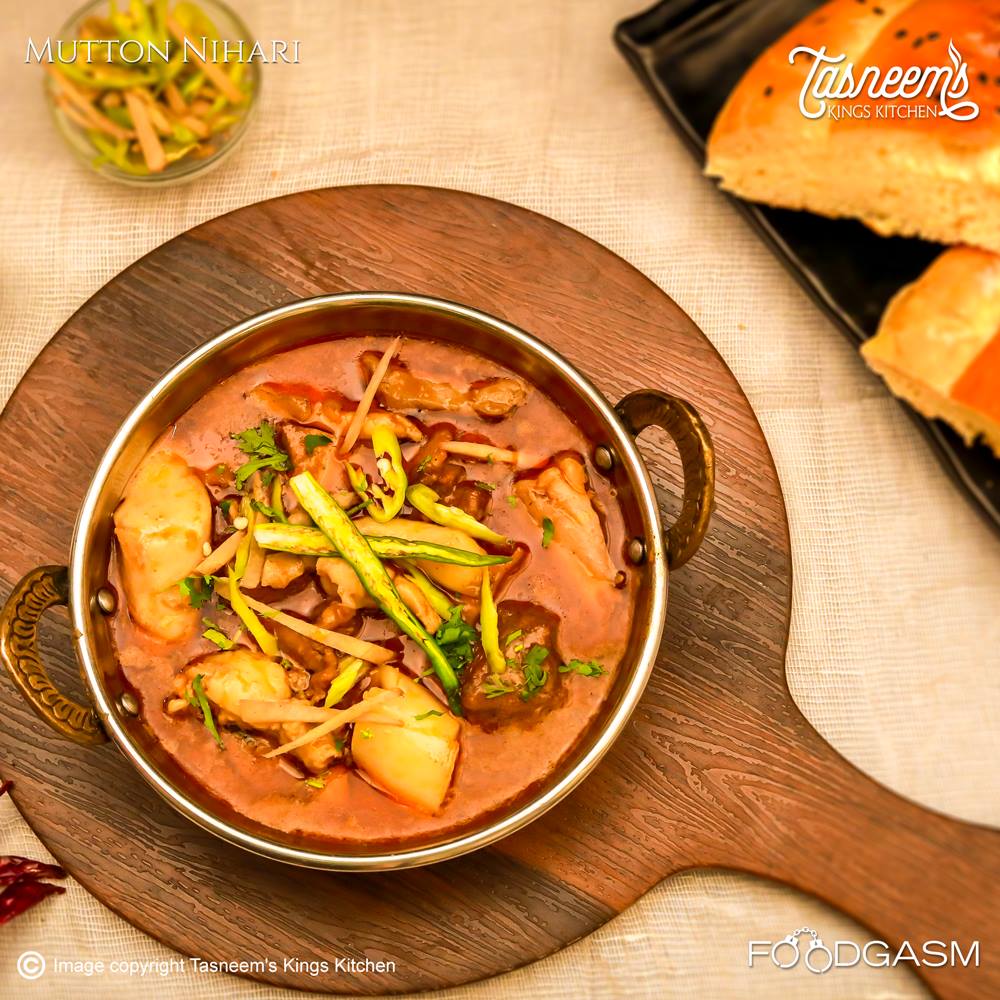
For instance, the signature dish of the restaurant, mutton nihari, a slow-cooked, smooth stew, is cooked with less amount of oil here than the usual recipe, she says. “In Bombay, it is said that if your hands don’t have oil when you soak it in the nihari, it isn’t good enough. However here, the scenario isn’t the same. That’s why we have made a few changes in our recipe,” says Shahani.
But her meals do come at a price. For instance, the price of chicken dum biryani is Rs 525 and kebabs cost around Rs 500, which is expensive for middle-class Nepalis. To justify the prices, Shahani says that the prices are fixed as per the cost of the ingredients and for the hours that are put into making the dishes. But to ensure her dishes can be more affordable, she also provides takeaway and package meals at a nominal cost, says Shahani.
Despite the prices, people flock to her restaurant. With some coming solely to try the Bohra Thali, a feast that provides people with the experience of eating the same way Bohra Muslims do in their homes.
“We serve the same dishes that they eat in each other’s company in a single plate,” says Shahani.
In a large round thaal (plate), after everyone takes their seat, a chelamchi lota (a water pot) is brought, in which the hands of those who are going to eat the meal are cleaned. According to Shahani, one of the most important table etiquettes of eating Bohra cuisine is that once people sit together around the thaal, which accommodates up to 8 people, no one should stand up.
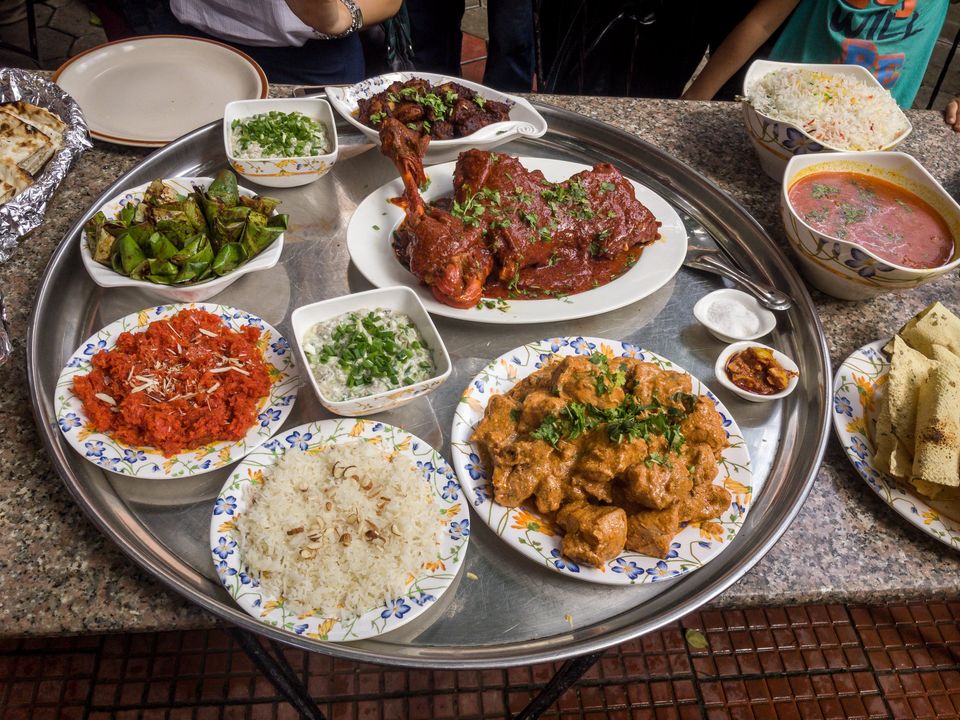
And before any food is consumed, a pinch of salt is put inside the mouth by the partakers, a tradition which, according to Shahani, is followed because it is believed that salt cleans the pores of the tongue thus cleansing the palate, helping the people to get a rich taste of the food.
“Most foods and traditions of Bohra cuisine are cooked and consumed in a manner that is mostly backed by science,” says Shahani.
Unlike other cuisines, dessert is served in the beginning rather than the end, which is followed by ‘kharaas’, savoury items, and then the main course, consisting of rice, biryanis, rotis and curries, is served.
The meals can be heavy, as they are infused with strong spices and mainly consist of non-vegetarian meals, and thus the dishes are cooked bite-size in the Bohra thaal so everyone has the chance to enjoy all the flavours and not feel stuffed, she says.
“We also have a strict no-wastage policy when it comes to our food,” says Shahani. “That’s why the next meal is only served after the previous meal is consumed by the people.”
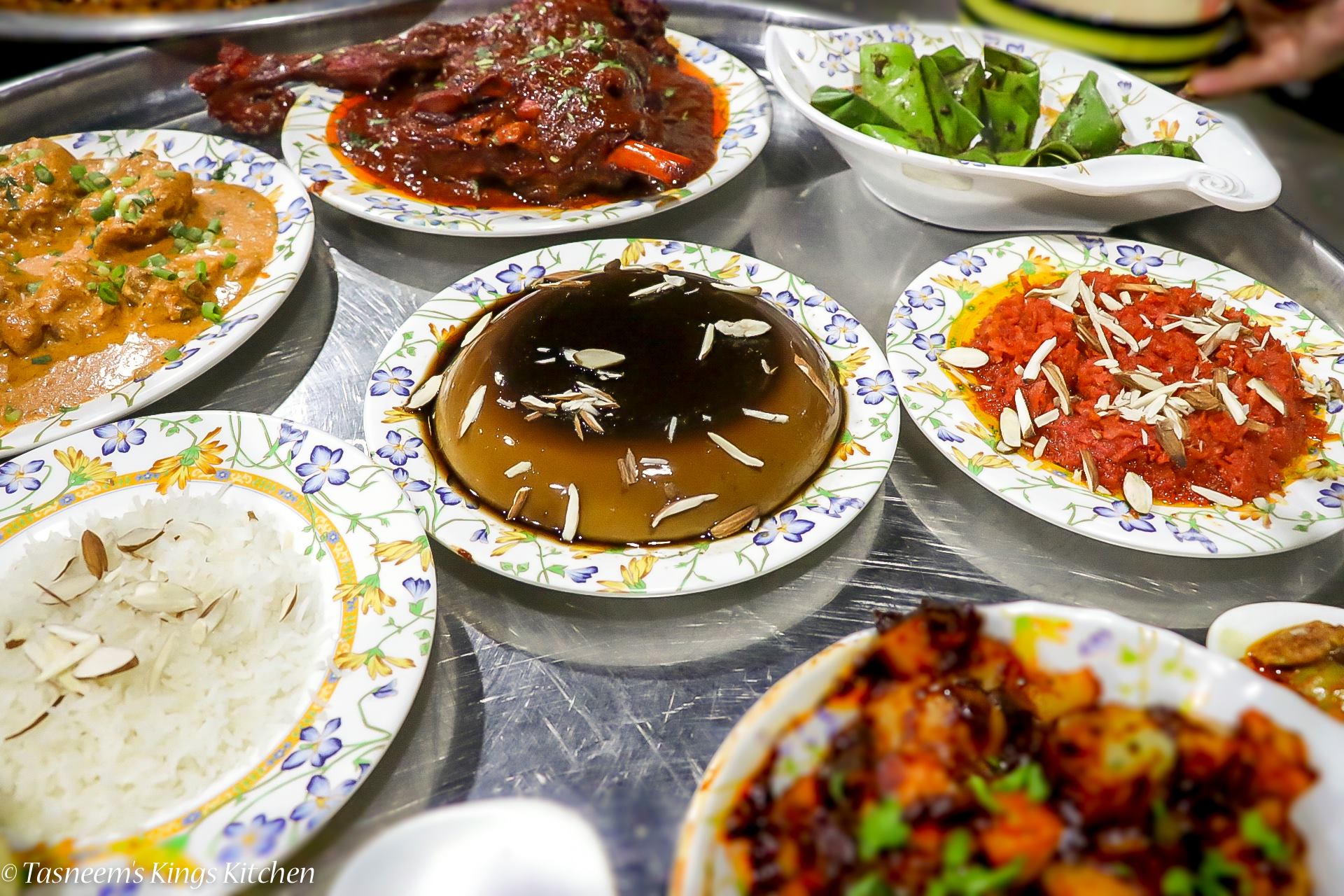
And all of these traditions, and most importantly her love for food, has been passed onto her through her culture and that has also shaped her culinary skills, she believes.
“Bohra Muslims are fun-loving and soft people. Likewise, their knack and love for cooking make them big foodies. Whatever I make is with love and passion using the ingredients that were passed onto me by my ancestors,” says Shahani.
When one visits Shahani’s restaurant, her love for her hometown is visible. There are posters of old Bollywood classics put up on the walls, along with colourful lamps, and a witty filmy menu, all of which reflects how dear her hometown is for her. Likewise, Shahani says she is so particular about her recipes that she imports species from her hometown, and even comes up with new ones whenever she has extra time at hand.
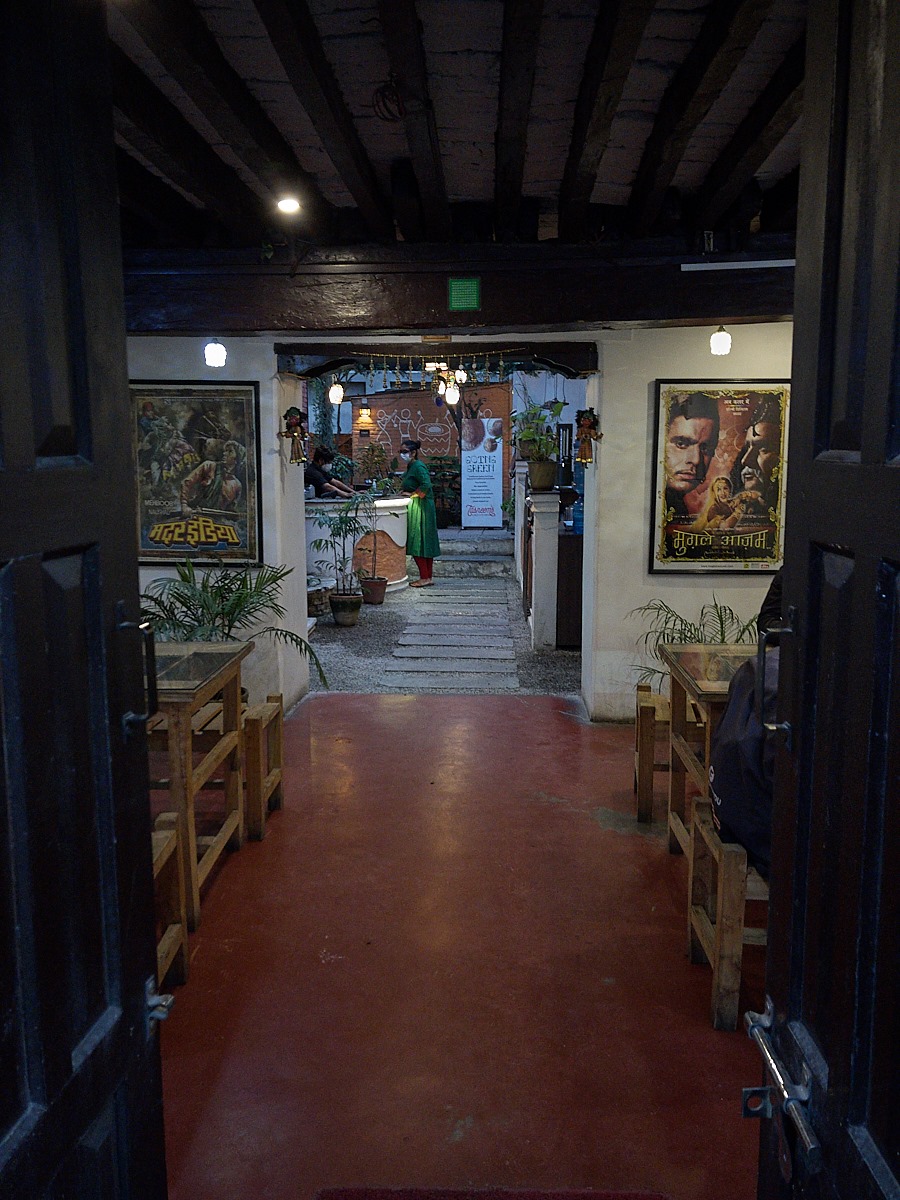
In its six years of establishment, Tasneem's Kings Kitchen has seen it all. From the 2015 earthquake that destroyed the nearby fire brigade, traumatising the staff, to the economic blockade to the current pandemic. It has seen good reviews and unpleasant critiques. However, regardless of the hurdles, Shahani and the team’s spirit in serving customers an authentic Bohra experience hasn’t taken a backseat, she says.
“Running a restaurant is a 24/7 job. It’s crazy,” says Shahani. “But the sheer joy and happiness of cooking and my passion for food motivates me to continue and overcome all of the difficulties and serve people some good food.”




 6.12°C Kathmandu
6.12°C Kathmandu
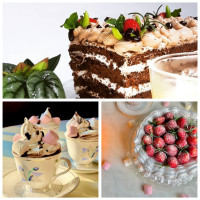





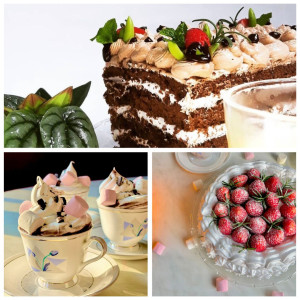


%20(1).jpg&w=300&height=200)

